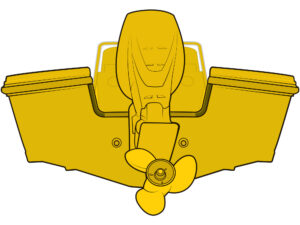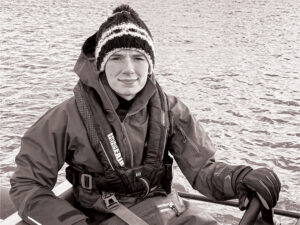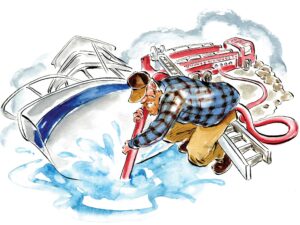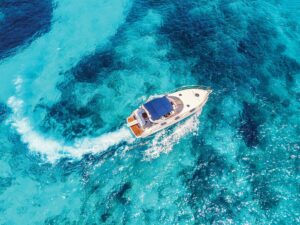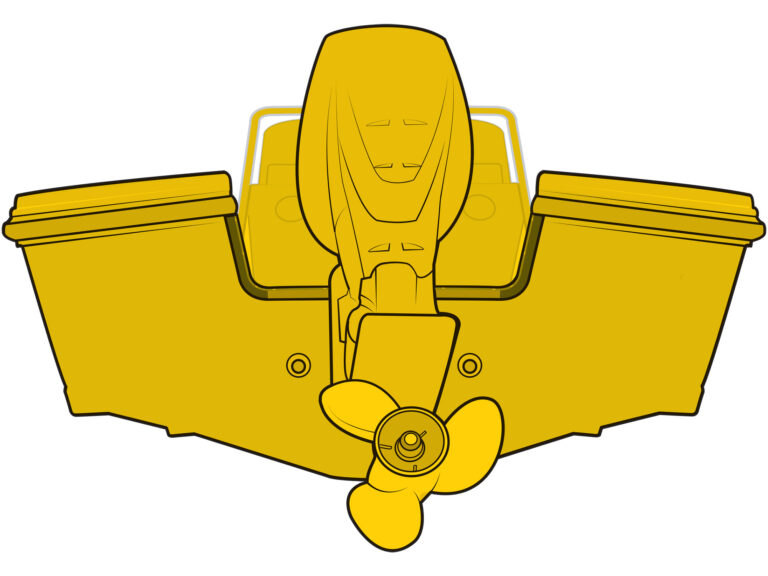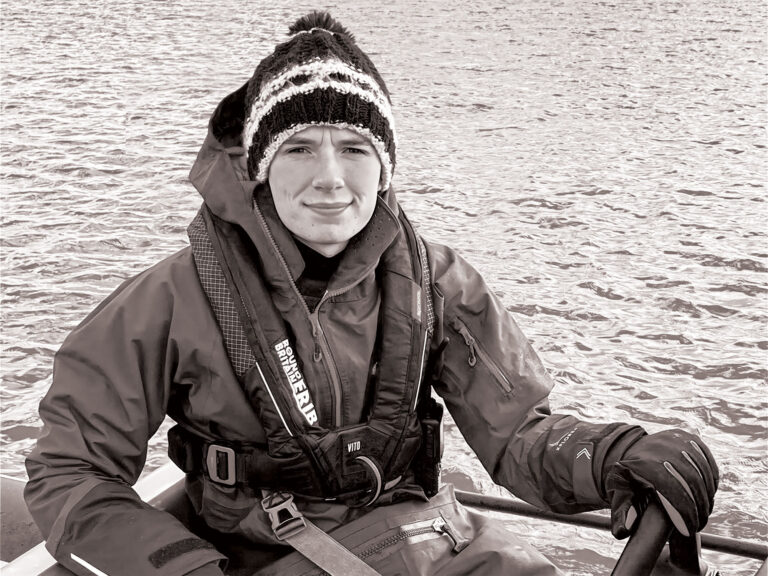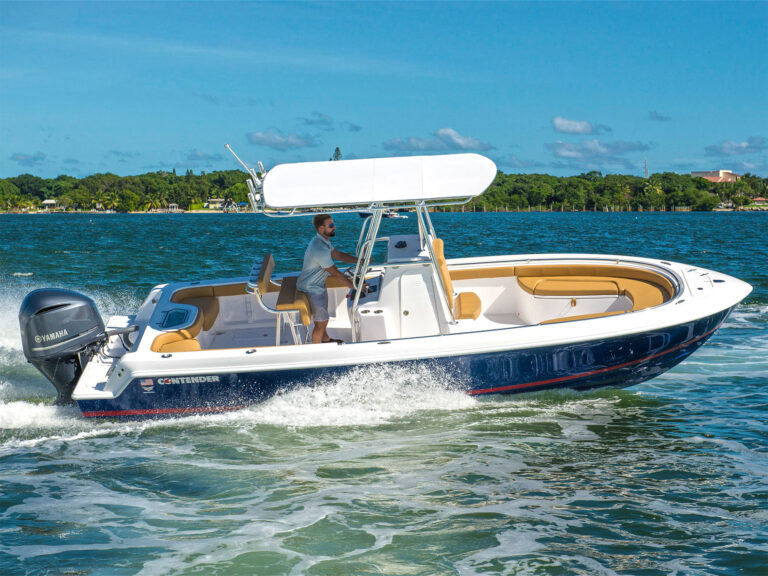A few years ago, I racked up about 3,000 miles hauling a rig around North America for Boating. The first day found me on a shimmering two-way, two-lane blacktop pass high in the Colorado Rockies. I’m behind the wheel of a shiny SUV pulling a brand-new 26′ sportboat while a steady stream of Peterbilts blasts down the oncoming lane, the slipstream wake rocking my rig. Every time I glance at the sideview mirror, I see my trailer’s starboard wheels inch closer and closer to the No Return side of the solid white line. I’m dangerously nervous, to put it mildly.
So I tell myself it’s time for an experiment: Don’t worry about the $50,000 boat careening over the side of the 11,000′ mountain with the 18-wheelers blowing your doors off — just drive at a safe speed, in the middle of your lane. The fact that I’m writing this and not mountain flower fertilizer is proof that hooking a boat onto an automobile can elicit some odd behavior. It was my constant glancing in the sideview mirror, light braking, and creeping toward the right that was nudging me toward disaster. As you move down the road, you should check your mirrors for anything amiss — a blowout, a shift of the boat — but keep your main focus in front of your vehicle, not behind it, whether or not you’re trailering a boat. I picked up a few more tips along the way, particularly at the launch ramp.
Don’t be afraid to use lines. For an hour, a guy at a ramp in Dubuque, Iowa, tried to angle his trailer every way imaginable to catch the bow of his friend’s boat, which was being swept by a mighty wind and the mighty current of the Mississippi. Finally, I stood on an upwind pier and had the guy cleat a long line to his stern and bow; using the pier as a fulcrum, we got the boat broadside to the wind, then onto the trailer. No problem.
Don’t assume there’s only one way to do things. I heard a guy screaming at his son at a campside ramp in Wichita, Kansas. I was afraid the old man would have a stroke. “Put your hand on the bottom of the steering wheel, use your mirrors and steer the direction you want the trailer to go!” he yelled again and again. Now, I don’t use this steering technique, and I have parallel parked a trailer in New York City rush hour traffic. Instead, I twist my upper body so I’m facing over my right shoulder. Looking out the back window at the centerline of the rig, I inch back, briefly rotating my head to glance at the mirrors to make certain I’m going in the right direction.
Don’t go whole hog down an unfamiliar launch ramp. Cairo, Illinois, was where an underpowered little Honda slid halfway down a steep ramp, only coming to a stop as the outdrive pranged the bottom. Seeing that the ramp was covered in slime, the driver should have backed down only halfway and then pulled forward, testing the ramp to make sure he could climb up it unaided. For all I know, he may still be there trying to haul out.
Don’t forget the engine. Lake Powell, Arizona, was the scene of a perfect one-try load of an outboard fishboat. The woman onboard raised the drive and then hurried to the bow to secure her boat to the trailer. She quickly climbed in her Dodge pickup’s air-conditioned cab and pulled the boat to the top of the mile-long ramp. Of course, while she was driving up the ramp, a strange sound was coming from her boat’s engine, which was still running…but not for long. At least she remembered to raise the motor.
Don’t take anyone’s word for it. I imagine what was said in the Ford pickup in Annapolis, Maryland, was “Unhook the boat.” What I saw was the passenger get out, go to the back of a truck, unhook the trailer from the hitch ball, and give the thumbs up to the driver. What ensued was a nightmare of crushed metal, wood (the dock), and fiberglass. The driver of the Ford was also the unfortunate owner of the boat. His mistake? He didn’t get out and check that his orders were being followed properly. What I took from the scene was a picture from my trip that I won’t soon forget.

